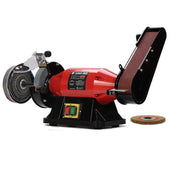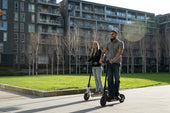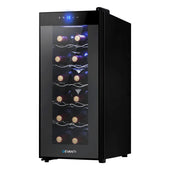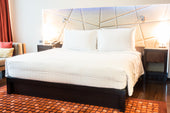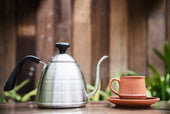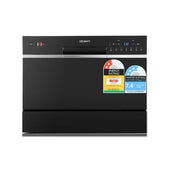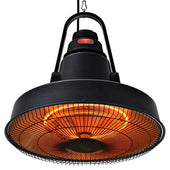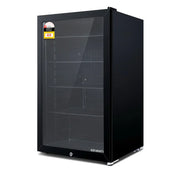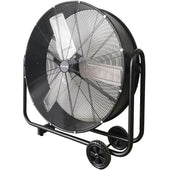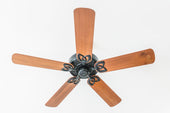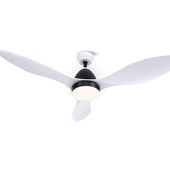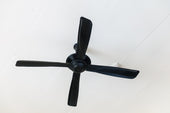Introduction: Why Dining Table Trends Matter in 2025
Dining table trends in 2025 reflect more than just aesthetics; they encapsulate changing lifestyles, values, and technology. As the dining room shifts from a formal setting to a multi-functional space, the table plays a vital role in family dynamics, entertaining, and work-life balance. Designers prioritise sustainability, craftsmanship, and functionality, making the selection process both an artistic and a practical endeavour.
With the rise of hybrid work and smaller urban homes, dining tables must adapt to diverse needs. Current trends explore by During Days focus on innovative materials, bold shapes, and timeless designs that harmonise with evolving interiors while encouraging meaningful connections.
Sustainability Takes Centre Stage: Eco-Friendly Materials
Interior designers are increasingly emphasising dining tables crafted from eco-friendly materials, reflecting growing environmental consciousness. Reclaimed wood, bamboo, and recycled metal are among the popular choices, combining sustainability with style. These materials not only reduce the environmental impact but also add a unique, organic charm to dining spaces.
Tables made with non-toxic finishes, low-VOC stains, and biodegradable adhesives are gaining momentum, ensuring minimal harm to indoor air quality. Designers appreciate their durability, as sustainable materials often stand the test of time. The trend highlights the intersection of modern aesthetics with eco-responsible design. The rise in demand signals a shift towards mindful consumption in home décor.
Bold Statement Pieces: Oversized Dining Tables
Oversized dining tables have become the centrepiece of modern interiors, offering both functionality and a bold design statement. These tables cater to the growing demand for communal dining experiences, where space is never compromised.
Designers often favour natural materials such as reclaimed wood, stone, or marble to create a grounding effect in expansive dining areas. Many incorporate sculptural bases or unconventional shapes, like elliptical or asymmetrical designs, to enhance visual interest.
For versatility, some oversized tables feature expandable options to accommodate varied occasions. Their generous scale also allows for mixing seating styles, from mismatched chairs to luxurious upholstered benches, creating a layered, curated look.
The Rise of Mixed Materials in Dining Table Design
Blending materials has become a defining feature in dining table design for 2025, offering a striking balance of aesthetics and functionality. Designers are combining traditional woods with sleek metals, such as brass or stainless steel, creating a contrast that feels contemporary yet rooted in timeless craftsmanship. Tabletops that pair natural stone like marble or quartz with textured wood bases deliver a tactile appeal and a multi-dimensional look. Glass elements are also making an appearance, especially when paired with concrete for an industrial edge. This blending of materials allows for greater versatility, catering to minimalist, rustic, and modern interiors alike.
Embracing Circular Shapes for Better Social Interactions
Circular dining tables are gaining traction in 2025 for their ability to foster more inclusive and interactive dining experiences. Their round shape eliminates hierarchical seating arrangements, enabling everyone to maintain equal proximity and eye contact. This design encourages effortless conversations, making gatherings feel more communal.
Interior designers are opting for materials like marble, glass, or wood for a luxurious yet functional aesthetic. Circular tables also save space, fitting seamlessly into smaller dining areas while maintaining elegance. Paired with pedestal bases, they provide additional legroom, enhancing comfort. Rotating tops, often integrated into these tables, add a touch of practicality for shared meals.
Minimalist Aesthetic: Clean Lines and Simplicity
The minimalist aesthetic continues to dominate dining table designs in 2025, characterised by a focus on clean lines and understated elegance. These tables often feature streamlined forms with no unnecessary detailing, offering a sophisticated yet unpretentious look.
Materials such as solid wood, glass, and metal are popular, emphasising natural textures and a sense of balance. Neutral tones like white, grey, and beige are prevalent, although some designs incorporate subtle accents in black or muted colours for contrast.
By prioritising functionality and simplicity, these tables complement a variety of interior styles, making them a versatile choice for modern homes.
Retro Revival: Vintage Inspired Dining Tables
Vintage dining tables are making a bold comeback in 2025, captivating homeowners and designers alike. These pieces often incorporate rich woods like mahogany or walnut, adorned with intricate carvings and ornate details reminiscent of classic eras. Many designs feature pedestal bases and clawfoot legs, evoking timeless charm.
Soft, distressed finishes enhance the rustic appeal of these tables, while bold lacquered choices bring a fresh twist to traditional styles. Mid-century modern influences, such as tapered legs or angular silhouettes, also add retro flair. Styles blending antique aesthetics with modern durability remain highly sought-after, offering both functionality and nostalgic elegance.
Customisation and Personalisation Trends in Dining Tables
In 2025, tailored furniture designs dominate dining spaces, offering homeowners the chance to reflect their individuality. Personalised dining tables are seeing innovative touches, such as customised dimensions, wood types, and finishes to suit varying aesthetics. Interior designers are drawn to tables featuring family crests, initials, or bespoke engravings, adding sentimental value.
Consumers are increasingly favouring modular dining tables, which provide scalability for small or large gatherings. Options for mix-and-match table leg styles, materials, and table shapes enhance versatility. Sustainable customs, including reclaimed wood and responsibly sourced materials, are also highly sought-after. These trends highlight the merging of functionality with distinct personal expression.
Technology Integration: Smart Features for Dining Tables
Dining tables in 2025 are being transformed with cutting-edge technology, offering both functionality and convenience. Designers are incorporating smart features into modern table designs to meet the demands of tech-savvy households.
- Wireless Charging Stations: Integrated charging pads allow users to power devices effortlessly without cluttering the table with cables.
- Built-in LED Lighting: Adjustable LED lights add mood-enhancing illumination for a customised dining experience.
- Touch-Control Panels: Digital controls seamlessly manage lighting, temperature, or even built-in wine coolers.
- Incorporated Speakers: Hidden speakers enable immersive soundscapes for both entertainment and relaxation.
These advancements cater to modern lifestyles, blending aesthetics with practicality to revolutionise the role of dining tables in everyday living.
Focusing on Comfort: Ergonomic Designs for Practical Use
Modern dining tables in 2025 embrace ergonomic designs that prioritise both style and comfort. Furniture makers are integrating features that cater to long-lasting usability and adaptable functionality. Rounded table edges help prevent discomfort, making them safer, especially for households with children. Adjustable-height tables are increasingly featured, offering flexibility for everyday dining and formal occasions alike.
Tables with built-in storage compartments simplify organisation, while designs incorporating soft curves and contoured surfaces provide a more pleasing tactile experience. Materials like wood and composite blends are shaped for balanced seating posture. Designers are focusing on blends of practicality and aesthetics, redefining how dining tables fit into everyday lifestyles.
Multi-Functionality: Dining Tables for Work and Leisure
Modern dining tables are no longer confined to mealtime use; they now serve as versatile hubs for daily life. With the rise of hybrid work arrangements, many designs incorporate features that cater to both productivity and relaxation.
- Integrated Storage: Drawers or hidden compartments offer space for laptops, stationery, or table settings.
- Adjustable Heights: Options for seating or standing usage provide ergonomic flexibility.
- Durable Surfaces: Scratch-resistant and spill-proof materials support work activities while remaining dinner-friendly.
Additionally, convertible designs allow extensions or fold-down sections to adapt to differing needs. A focus on aesthetic versatility ensures these tables seamlessly blend into any space, from formal dining rooms to casual multipurpose areas.
Colour Trends: Neutral Tones Versus Vibrant Pops
When it comes to dining table trends in 2025, colour is playing a pivotal role in design choices. Neutral tones are dominating modern interiors, with shades like taupe, greige, and soft beige creating a serene and timeless backdrop. These tones seamlessly integrate with various décor styles, from minimalist to Scandinavian-inspired settings.
On the other hand, vibrant pops of colour are making waves, injecting energy into dining spaces. Designers are incorporating bold hues such as emerald green, cobalt blue, and fiery orange through accent chairs, tabletop accessories, or even painted table edges. This juxtaposition creates captivating visual interest while maintaining balance.
Conclusion: How Dining Tables Reflect the Spirit of 2025
Dining tables in 2025 capture the zeitgeist of a world that values connection, customisation, and conscious living. Designs are shifting towards sustainability, with ethically sourced materials and repurposed elements leading the way. Advanced modularity showcases adaptability for evolving needs, blending practicality and elegance. There is a celebration of artisan craftsmanship, highlighted by tactile finishes and unique detailing.
The multi-functional emphasis demonstrates a growing desire for versatility, with tables doubling as workstations or communal meeting spaces. Technological integration bridges tradition with innovation. Bold designs featuring sculptural bases or asymmetric aesthetics embrace individuality, while neutral palettes balance creativity with timelessness. Collectively, these tables mirror both societal progress and personal expression.



